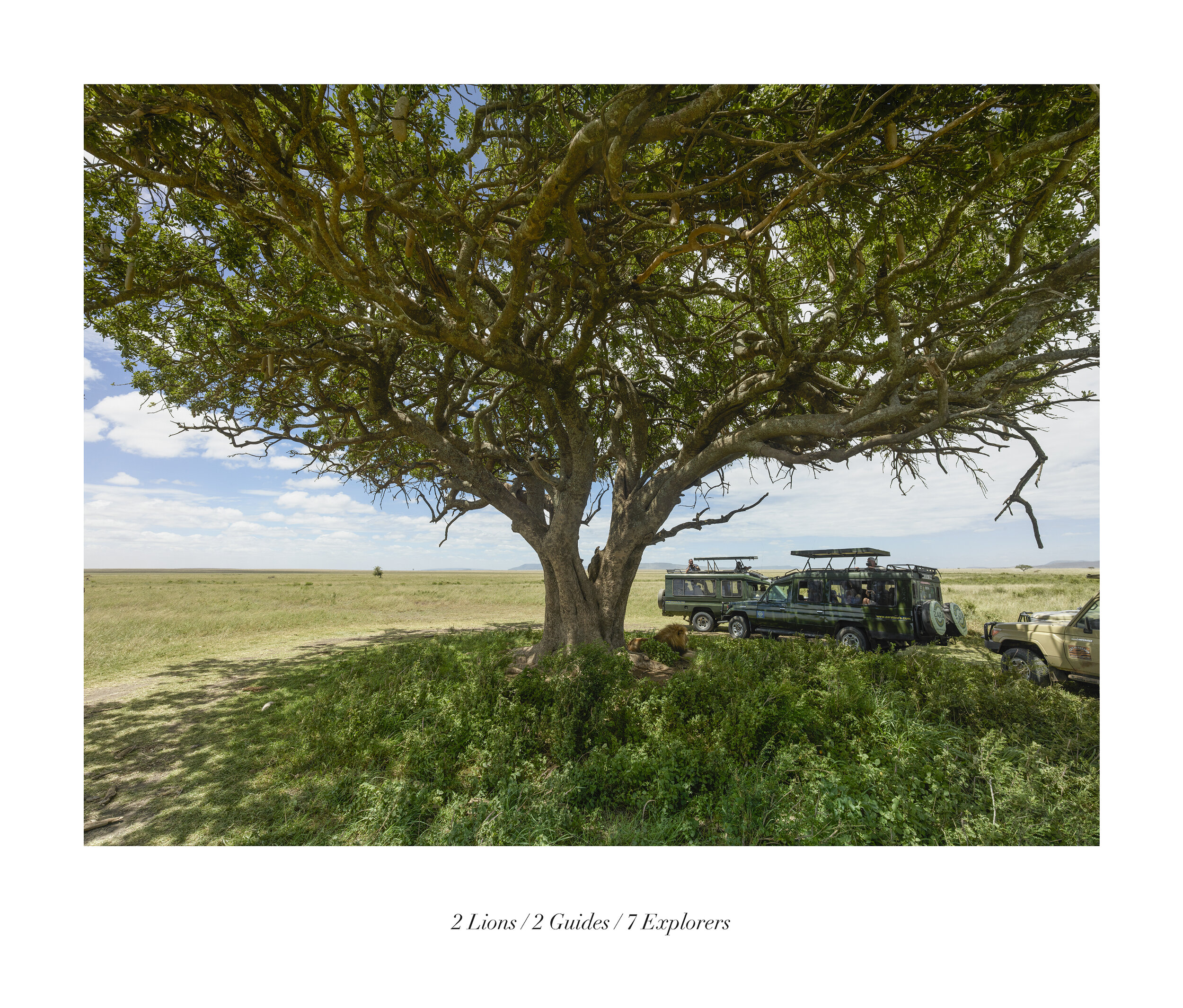Checklist
En un momento en que la fotografía se ha convertido en la validación de la experiencia, vivimos, como decía Gabriel García Marquez, para contarlo. O mejor dicho, para fotografiarlo. El turismo, ese viajar apresurado lleno de ticks mentales que el viajero tiene que rellenar, ha desechado la otra experiencia, la del verdadero viaje. Jordi Bernadó propone una mirada crítica, aunque llena de ironía, hacia el culto del souvenir. La documentación personal, la propiedad, la permanencia. Esa necesidad de atesorar vivencias, momentos, lugares, para tenerlos siempre al alcance de la mano, como un recuerdo embalsamado, a menudo olvidándonos de vivirlos cuando realmente ocurren. Como si viviéramos siempre en un tiempo diferido. Anclados al pasado, apenas rozando el presente.
Desde el humor y la distancia, Checklist reflexiona acerca del valor de la fotografía, del peso de la imagen. ¿Acaso puede un exceso de imágenes llevar a su obsolescencia? ¿Qué valor tiene una fotografía? ¿Qué queremos mostrar en ella? El artista recorre los inconfundibles paisajes del Serengueti, fotografiando escenas típicas de safaris y expediciones fotográficas. En cada fotografía, anota lo que ve. 1 lion; 79 hippopotamus; 2 cheetahs, 2 guides, 2 explorers.
Checklist tiene algo de autorretrato satírico, de crítica dirigida a sí mismo. El fotógrafo pone de relieve las contradicciones de su oficio, la práctica fotográfica, y lo hace trazando un sugerente paralelismo con la figura del explorador. Ambos tratan de ver más allá, de extender su visión hacia lo desconocido, de documentar realidades ajenas, de generar y poseer algún tipo de prueba de su viaje. Sin embargo, la mirada de Bernadó no juzga ni dicta sentencias, no pretende condenar la fotografía, tampoco auparla sobre ningún pedestal. Simplemente, pregunta, reflexiona, recoge indicios, plantea hipótesis.
Dice el tópico que una imagen vale más que mil palabras. Estas fotografías nos sugieren algo distinto. ¿Cuántos hipopótamos hay en la fotografía? ¿Cómo sabemos que no hay otro león agazapado en la maleza? ¿Qué es todo lo que no podemos ver, lo queda oculto, al margen del encuadre de la fotografía, pero que sí fue visible para él? Puede que la relación entre las palabras y las imágenes nos se resuelva nunca, pero en este caso tendremos que hacer un acto de fe y confiar en la palabra del fotógrafo.
At a time when photography has become the validation of experience, we live, as Gabriel García Marquez said, to tell the tale. Or rather, to photograph it. Tourism, this hurried travelling full of mental checklists that the traveller has to tick off, has discarded the other experience, that of the true journey. Jordi Bernadó proposes a critical view, albeit full of irony, towards the cult of the souvenir. Personal documentation, ownership, permanence. The urge to treasure experiences, moments, places, to have them always at hand, like an embalmed memory, often forgetting to live them when they really happen. As if we were always living in a deferred time. Anchored to the past, barely touching the present.
With humour and distance, Checklist reflects on the value of photography, on the weight of the image: can an excess of images lead to obsolescence? What value does a photograph have? What do we want to show in it? The artist travels through the unmistakable landscapes of the Serengeti, photographing typical scenes from safaris and photographic expeditions. In each photograph, he notes what he sees. 1 lion; 79 hippopotamus; 2 cheetahs, 2 guides, 2 explorers.
Checklist has something of a satirical self-portrait, a sort of criticism directed at himself. The photographer highlights the contradictions of his profession, the practice of photography, and does so by drawing a suggestive parallel with the figure of the explorer. Both try to see beyond, to extend their vision into the unknown, to document foreign realities, to generate and possess some kind of proof of their journey. However, Bernadó's gaze is not judgemental, nor sententious; it does not seek to condemn photography, nor to raise it up on any pedestal. He simply asks questions, reflects, gathers clues, puts forward hypotheses.
As the saying goes, a picture is worth a thousand words. These photographs suggest otherwise. How many hippos are there in the photograph? How do we know that there is not another lion crouching in the scrub? What is it that we cannot see, that remains hidden, outside the frame of the photograph, but that was indeed visible to him? The relationship between words and images may never be resolved, but in this case we will have to make an act of faith and trust the photographer's word.












